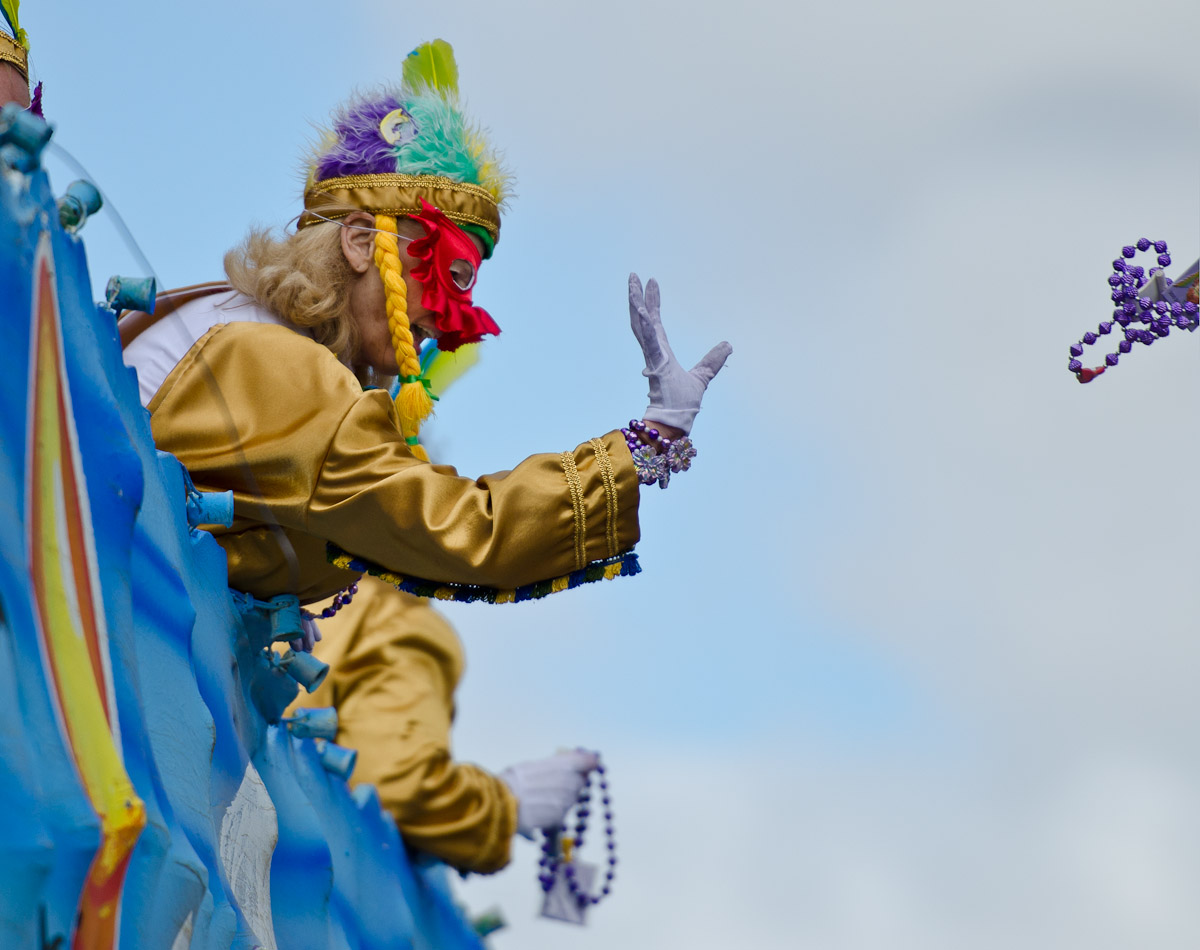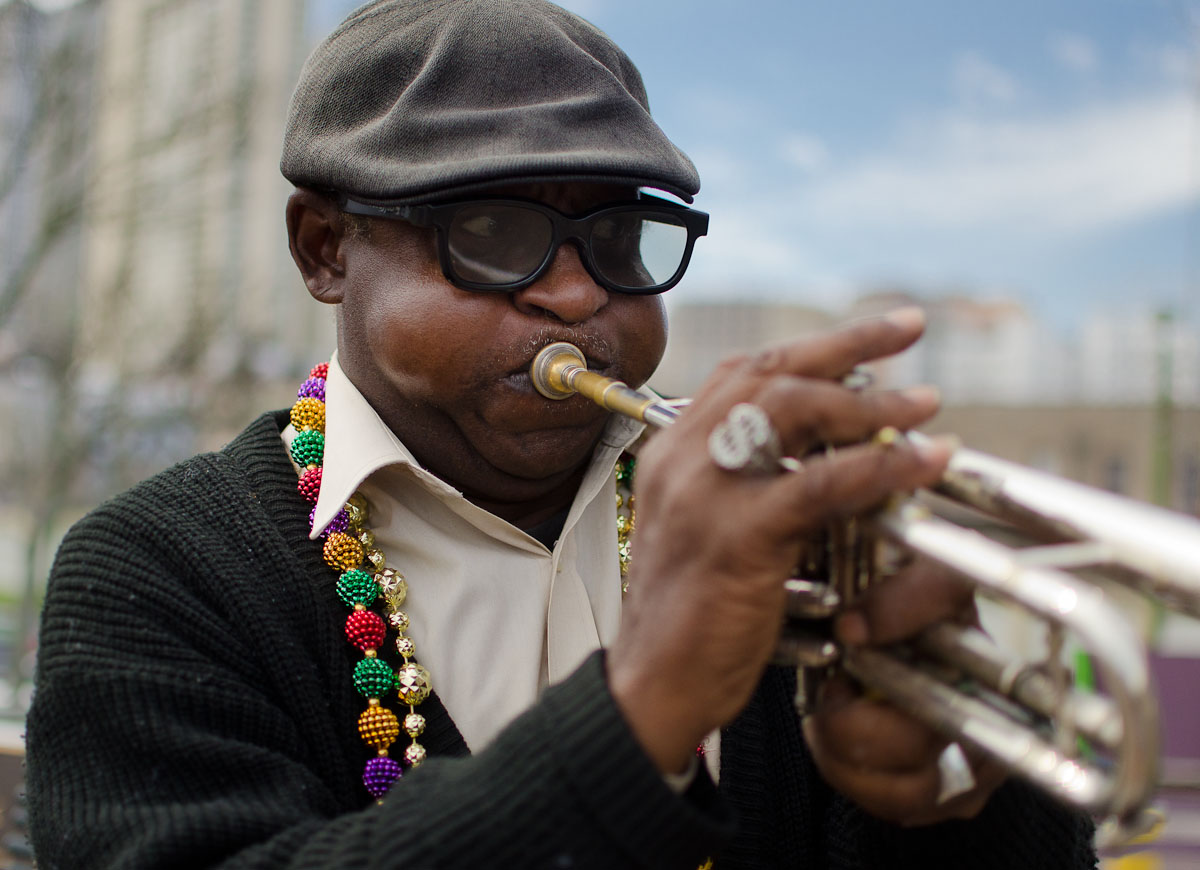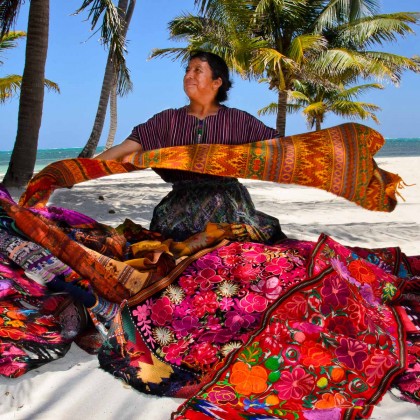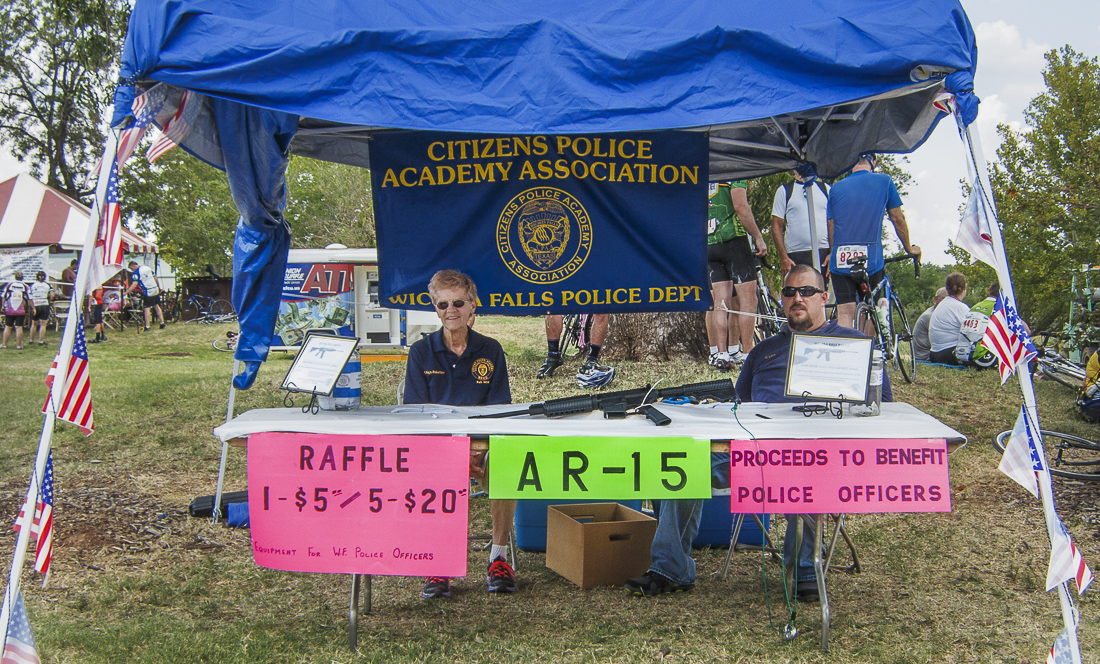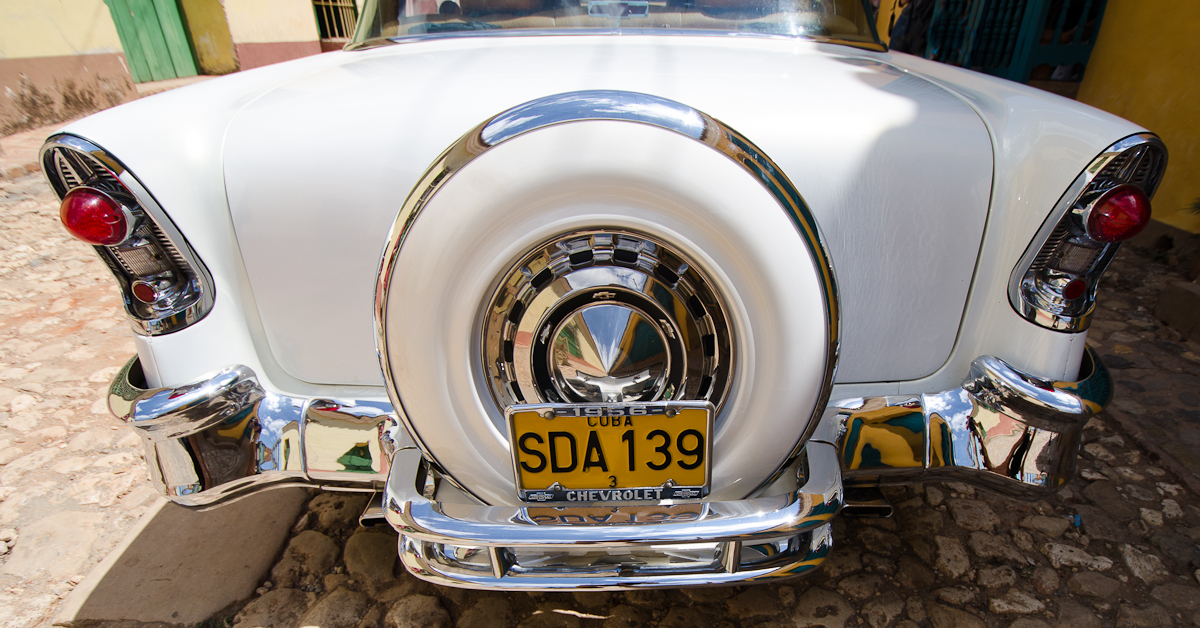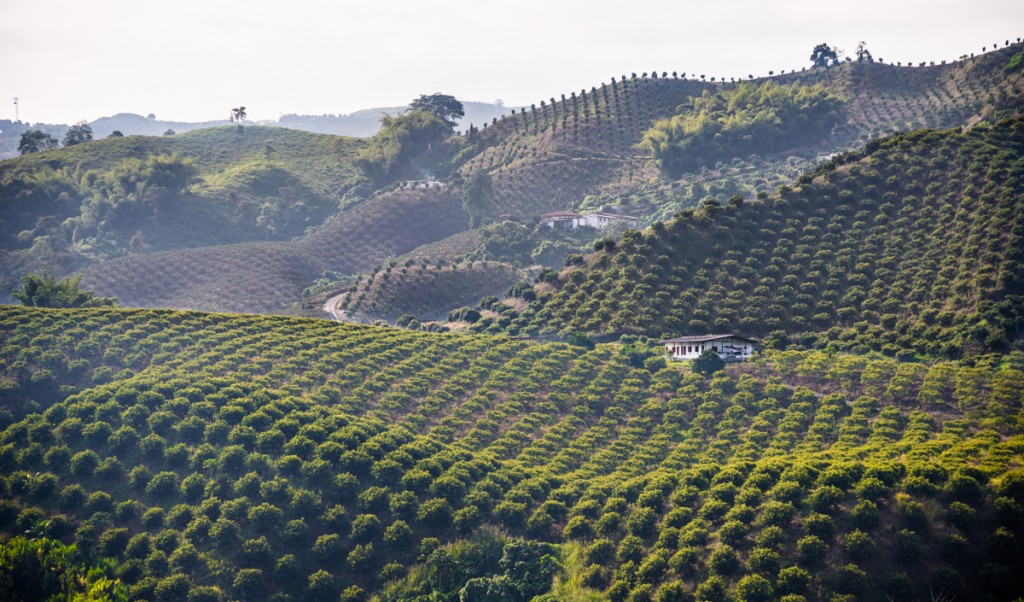It’s Fat Tuesday, and you’ll be relieved to know that I have been successfully evacuated from New Orleans.
Mardis Gras festivities center around parades – usually 3 or 4 parades each day – each of which is put on by a New Orleans area “krewe.” Krewes are like fraternities for grown-ups (using the latter term loosely). A little like the Shriners, except that their primary mission is just to throw one great big bash (including a parade) each year. If this sounds like an odd or shallow mission, bear in mind that the Mardis Gras celebration is arguably the single most important part of the culture and the economy of New Orleans. Don’t get me wrong: Mardis Gras is not for the faint of heart. You’ll see some things you were not expecting to see, and a few things you’d rather not see. But once you learn to navigate the terrain, you’re part of a unique American and the Southern tradition.
The picture just above is my friend Shane. Shane is a member of a krewe called Bacchus, which means Shane dons a mask and a goofy costume and rides a parade float, throwing beads. The Bacchus parade is not quite on the scale of the Rose Parade, but it’s closer than you might think. Each year, he invites 30 or 40 or 50 of his closest friends (mostly couples — a fully-coed and mostly-civilized crowd) to join him in New Orleans. This was my eighth consecutive year. Shane always brings a truckload (literally) of those enormous, gaudy, ridiculous strings of beads, so that we can all walk around town handing them out all weekend. (The stereotype that Mardis Gras beads all go to young ladies who, uh, ‘flash’ for them is 99% incorrect. The beads go to little kids who come out to see parades, to groups of grandmas in town for the weekend – to pretty much anybody who’ll smile and chat for a bit.) Shane loves to come across total strangers walking around town with ‘his’ beads on.
Several of the parades have a big gala or “ball” at the end of the parade. The Bacchus krewe’s ball is a black-tie, long-gown event with about 10,000 guests. As someone observed this year, it’s like a gigantic tailgate party in tuxedos. The highlight of the ball itself is that the parade actually comes right through the middle of the party – with beads flying everywhere. The guy in the King costume in the pictures below is Will Ferrell, the comedian; he was the Mardis Gras King of Bacchus.
The Bacchus event is always the Sunday before Mardis Gras (Fat Tuesday). Fat Tuesday, of course, is the day before Ash Wednesday, the start of Lent. Ash Wednesday is forty days (not counting Sundays) before Easter. Easter is the first Sunday after the night of first full moon after the first day of Spring (which is usually, but not always, Passover). So I love it when people ask “When is Bacchus this year?” because I can tell them “It’s the Sunday before the Tuesday that’s just before the Wednesday that’s 40 days (not counting Sundays) before the first Sunday after the first full moon after the first day of spring – at about 7:30p.m.”
The street scenes in the pictures are mostly Bourbon Street. The park with the horse statue is Jackson Square (named for then-General and later-President Andrew Jackson, a hero of the Battle of New Orleans). During the parades, I enjoyed taking pictures of the band kids more than anything — so much so that I’m giving those pictures a page of their own. Obviously, the trumpeter shown in the daylight shot above is no kid – he’s a “pro,” if you can use that term for someone who hangs out in a park and plays the theme from Rocky when somebody throws a dollar in his trumpet case. Only in New Orleans do the majority of trumpet players pooch their cheeks out like that.
